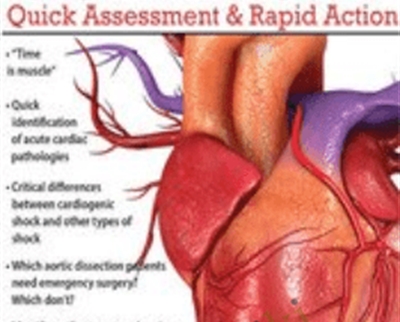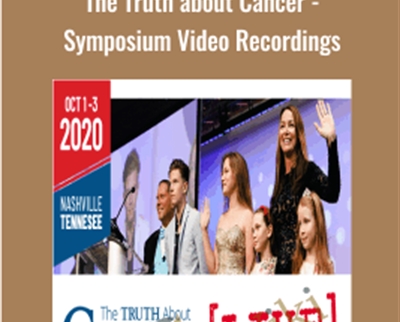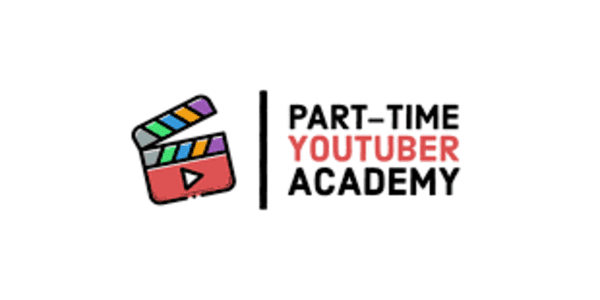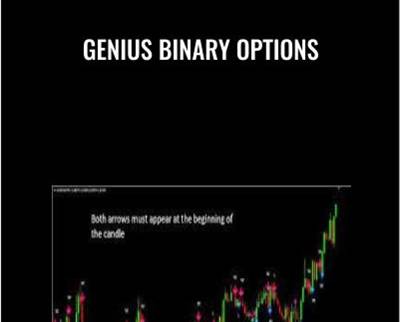Purchase Acute Cardiac Conditions: Quick Assessment & Rapid Action – Tom F. Gutchewsky at BoxSkill, You can get access to all files. Direct Download Link and No costs are incurred (No Ads, No Waiting Time, No Capcha).
Not to interrupt your learning, you should download the course after getting the link.
- “Time is muscle”
- Quick identification of acute cardiac pathologies
- Critical differences between cardiogenic shock and other types of shock
- Which aortic dissection patients need emergency surgery? Which don’t?
- Identify cardiac tamponade using Beck’s triad of symptoms
- Recognize the first signs of acute cardiac arrhythmias to intervene fast
You’re caring for a stable patient when suddenly she develops tachycardia and hypotension as well as complaints of pain. All are symptoms consistent with acute coronary syndrome, early shock, aortic dissection, tamponade, and various arrhythmias. Which is it?! Acute patient changes require quick assessment and rapid action.
With a thorough understanding of cardiac anatomy and physiology, you can utilize your knowledge in identifying presenting and evolving symptoms, as well as knowing potential risk factors for common pathologies. Fascinating case studies will be used to assist in making the right decisions. This knowledge will allow you to react appropriately and not panic, returning to work with the ability to more quickly determine a differential diagnosis and best prepare patients and families on the expected interventions and course of treatment.
OUTLINE
Acute Cardiac Pathology
- Differentiate between an ST elevation MI and a non ST elevation MI
- What about the presentation based on different coronary vessel involvement?
- Review angiogram films to identify specific pathology including culprit vs. chronic lesions
- When are thrombolytics appropriate?
- When should an invasive procedure like angioplasty or stenting be performed?
- When to refer to surgery – including timing of urgent and elective surgery
- See the changes of acute MV regurgitation caused by myocardial ischemia on echocardiogram
- MR treatments: Pharmacology? When is it time for surgery or catheter-based interventions?
- Find out how an intra-aortic balloon pump can stabilize a patient with ventral septal defect caused by MI prior to surgery
- Review which drugs are most beneficial for specific conditions and adhere to AHA recommendations
Cardiogenic Shock
- Understand the multiple causes of cardiogenic shock to identify early symptoms
- Compare the function of diagnostic techniques, including echocardiogram and swanganz catheters
- Gain insight into typical and more advanced treatments including fluid resuscitation, medication, interventions, intra-aortic balloon pumps, ECMO, and VADs
Aortic Dissection
- Stanford types A and B – including common causes, which patients are at risk, and typical presenting symptoms
- Review diagnostic techniques and images including echocardiogram, TEE, and CT scans for pathological findings
- Which patients require emergency surgery vs. medical management?
- Explore the latest surgical techniques used in treatment
Cardiac Tamponade
- Identify the symptoms of cardiac tamponade including the components of Beck’s triad
- Learn the causes of pericardial tamponade
- Review diagnostic echocardiogram and CT images
- Appropriate treatments including pericardiocentesis and pericardial window surgical procedures
Arrhythmias
- Identify acute cardiac arrhythmias including atrial fibrillation/flutter, 3rd-degree heart block and ventricular tachycardia by EKG findings
- Review common etiologies and risk factors
- Explore treatment options including medication, electricity, and ablation procedures
OBJECTIVES
- Analyze EKG, physiologic, vascular, and structural changes related to myocardial ischemia.
- Breakdown acute mitral regurgitation due to papillary muscle dysfunction, ventral septal defects, and the acute physiologic symptoms observed.
- Communicate acute cardiac interventions including pharmacological, percutaneous and surgical treatments.
- Point out the etiology and symptoms of cardiogenic shock and treatments utilized.
- Analyze Stanford type A and B aortic dissection and treatments for each including which type requires emergency cardiac surgery.
- Breakdown symptoms of cardiac tamponade and appropriate treatments.
- Evaluate acute cardiac rhythm changes, etiology, and treatments for each including pharmacological and invasive interventions.
Tag: Acute Cardiac Conditions: Quick Assessment & Rapid Action – Tom F. Gutchewsky Review. Acute Cardiac Conditions: Quick Assessment & Rapid Action – Tom F. Gutchewsky download. Acute Cardiac Conditions: Quick Assessment & Rapid Action – Tom F. Gutchewsky discount.
Buy the Acute Cardiac Conditions: Quick Assessment & Rapid Action – Tom F. Gutchewsky course at the best price at Boxkill. After your purchase, you will get access to the downloads page. You can download all the files associated in your order at here and we will also send a download notification email via your mail.
Unlock your full potential with Acute Cardiac Conditions: Quick Assessment & Rapid Action – Tom F. Gutchewsky courses. our courses are designed to help you excel.
Why wait? Take the first step towards greatness by purchasing Acute Cardiac Conditions: Quick Assessment & Rapid Action – Tom F. Gutchewsky courses today. We offer a seamless and secure purchasing experience, ensuring your peace of mind. With our trusted payment gateways, Stripe and PayPal, you can confidently complete your transaction knowing that your financial information is protected.
Stripe, known for its robust security measures, provides a safe and reliable payment process. With its encrypted technology, your sensitive data remains confidential throughout the transaction. Rest assured that your purchase is protected.
PayPal, a globally recognized payment platform, offers an additional layer of security. With its buyer protection program, you can feel confident in your purchase. PayPal ensures that your financial details are safeguarded, allowing you to focus on your learning journey.
Is it secure? to Use of?
- Your identity is completely confidential. We do not share your information with anyone. So it is absolutely safe to buy the Acute Cardiac Conditions: Quick Assessment & Rapid Action – Tom F. Gutchewsky course.
- 100% Safe Checkout Privateness coverage
- Communication and encryption of sensitive knowledge
- All card numbers are encrypted using AES at relaxation-256 and transmitting card numbers runs in a separate internet hosting atmosphere, and doesn’t share or save any data.
How can this course be delivered?
- After your successful payment this “Acute Cardiac Conditions: Quick Assessment & Rapid Action – Tom F. Gutchewsky course”, Most of the products will come to you immediately. But for some products were posted for offer. Please wait for our response, it might take a few hours due to the time zone difference.
- If this happens, please wait. The technical department will process the link shortly after. You will receive notifications directly by e-mail. We appreciate your wait.
What Shipping Methods Are Available?
- You will receive a download link in the invoice or YOUR ACCOUNT.
- The course link always exists. use your account to login and download the Acute Cardiac Conditions: Quick Assessment & Rapid Action – Tom F. Gutchewsky course whenever you need.
- You only need to visit a single link, and you can get all the Acute Cardiac Conditions: Quick Assessment & Rapid Action – Tom F. Gutchewsky course content at once.
- You can do your learning online. You can be downloaded for better results and can study anywhere on any device. Make sure your system does not sleep during the download.
How Do I Track Order?
- We always notice the status of your order immediately after your payment. After 7 days if there is no download link, the system will automatically complete your money.
- We love to hear from you. Please don’t hesitate to email us with any comments, questions and suggestions.
You must be logged in to post a review.











Reviews
There are no reviews yet.